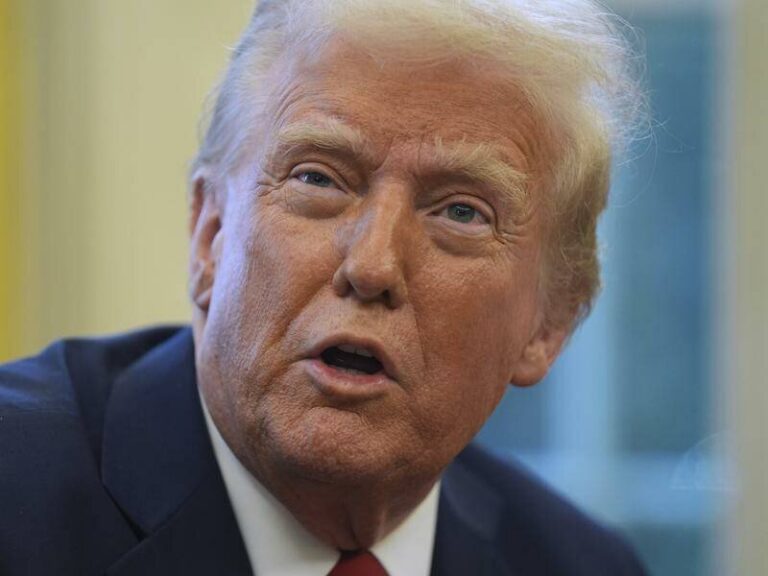Americans Unite: A Powerful March Against Authoritarianism
On April 19, the nation witnessed the powerful “50501” protests, a monumental grassroots movement standing in opposition to President Donald Trump’s policies during his second term. This movement has emerged as a significant force, mobilizing citizens across all 50 states to channel widespread dissent into sustained political pressure against perceived authoritarian governance.
Initially formed in early 2025, the 50501 Movement began on Reddit forums, quickly evolving into an organized protest network under the banner 50 Protests in 50 States One Movement. Its primary aim is to counter what organizers describe as an authoritarian takeover by the Trump administration using aggressive tactics.
Core Complexities and Motivations of the Protesters
The protests encapsulate a broad spectrum of political grievances directed at the Trump administration, encompassing various policy issues and governance styles. Key issues raised by the protesters include:
- Executive Overreach: Demonstrators condemned Trump’s use of executive orders to dismantle federal agencies, limit media access, and challenge judicial decisions. Many view these actions as threats to constitutional checks and balances, jeopardizing the rule of law.
- Immigration and Due Process Violations: The wrongful deportation of Kilmar Abrego Garcia, a green card holder and activist, sparked outrage and became a symbol of aggressive immigration enforcement and violations of civil liberties.
- Economic Inequality: Protesters highlighted issues arising from job cuts by the Elon Musk-led Department of Government Efficiency (DOGE) and the growing cost of living. They specifically targeted the influence of wealthy elites on governmental decisions.
- Civil Rights and Social Justice: Demonstrators raised alarms about threats to voting rights, reproductive health, and racial justice, while expressing solidarity with humanitarian issues, including pro-Palestine movements.
- Historical and Symbolic Framing: Many protests invoked revolutionary imagery, with slogans like “No Kings,” drawing parallels between the Founding Fathers’ struggle and contemporary resistance to perceived authoritarianism.
Scale, Diversity, and Tactics of the Protests
The 50501 protests are noted for their unprecedented scale, featuring over 525 demonstrations across state and federal capitals, courthouses, city halls, and significant sites such as outside the White House and Tesla dealerships. A strong emphasis on non-violence characterizes the movement, reinforcing the commitment to democratic principles despite some incidents of confrontation.
In addition to traditional street protests, many events incorporated community support initiatives like food drives and mutual aid efforts. This dual focus not only enhances the political protest with social solidarity but also broadens the constituency of those affected by the policies enacted.
Political and Social Implications
The 50501 protests highlight a deepening political divide and a crisis of legitimacy within governance. Public opinion polls indicate declining support for Trump, particularly regarding economic issues and civil rights. The protests serve to amplify the real problems reflected in these polls, signaling a significant shift in public sentiment.
While some may dispute the characterization of the Trump administration as fascist or authoritarian, the analogy resonates with many participants who draw parallels to historical repressive regimes. This illustrates the divisions within the Democratic Party and the broader opposition.
Many protesters have expressed frustration with the political establishment, including the Democratic Party, criticizing their slow response to ongoing crises despite being aware of the administration’s “Project 2025” strategy aimed at consolidating power.
These divisions pose significant challenges in transforming grassroots mobilization into effective political action. The lack of an official response from the Trump administration to the protests may indicate a strategy of ignoring dissent, potentially diminishing the protests’ impact or, conversely, escalating tensions.
In conclusion, the April 19 protests, as part of the 50501 movement, represent a critical moment in contemporary American political activism. This collective opposition against the Trump administration’s policies underscores the urgent need for accountability and democratic principles, rooted in grassroots organizing and historical resonance. The movement challenges the administration’s actions related to executive overreach, immigration enforcement, and welfare inequality while directing its energy towards civil rights advocacy.






